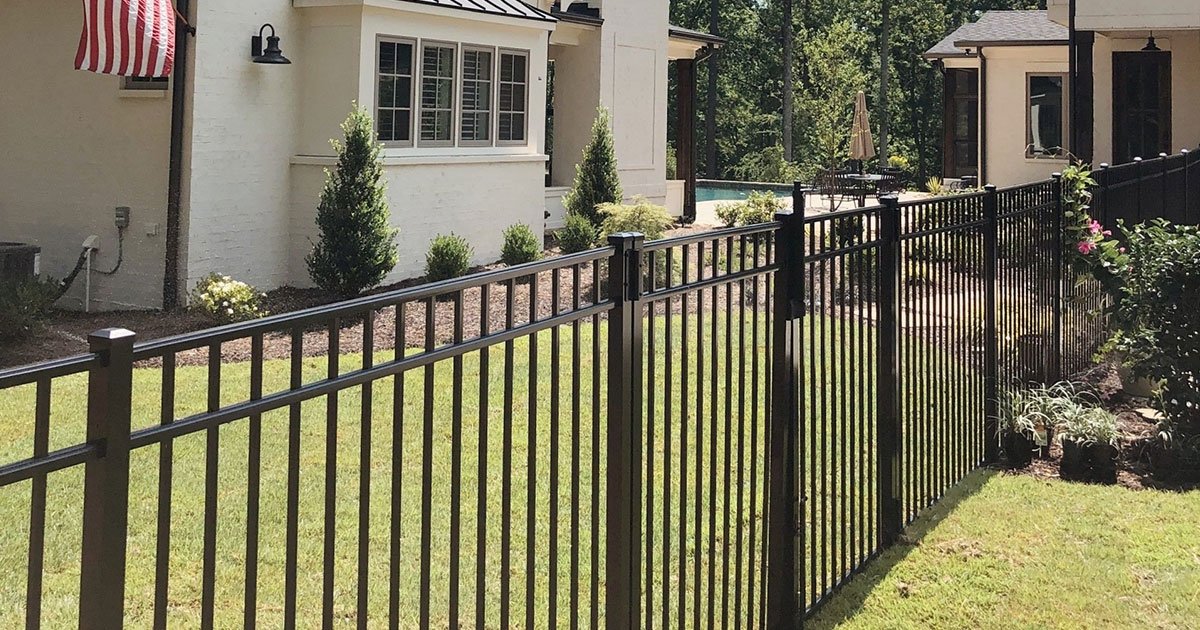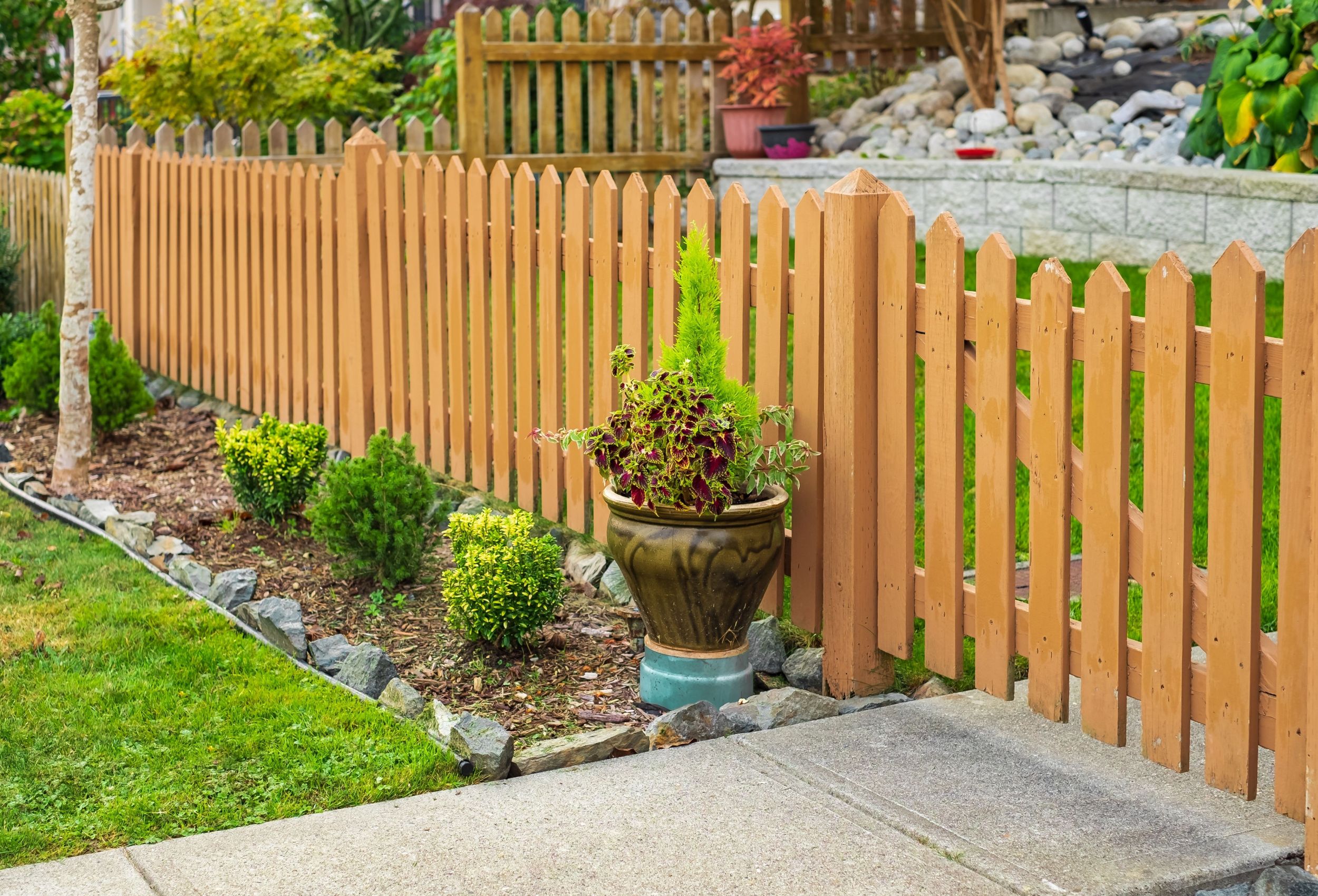All Categories
Featured

A fence is a valuable enhancement to any residential property, supplying safety and security, privacy, and enhancing the overall aesthetic allure of your home or organization. Like any type of outside framework, a fencing will naturally put on down over time due to direct exposure to the elements, crashes, or simply age. Acknowledging the indications that your fence requires to be replaced can help you stay clear of additional damages and maintain the security and appearance of your residential property. Right here are some essential indicators that it's time to replace your fencing.

- Visible Damages or Deterioration
One of the most evident indications that your fencing needs to be changed is visible damage. Whether it's from weathering, accidents, or pests, any type of significant fractures, splintering, or missing out on boards can considerably decrease the architectural integrity of your fence. Changing the whole fencing might be more cost-efficient in the lengthy run. if the damage is considerable and goes beyond just a couple of repair work.
- Leaning or Sagging
A leaning or drooping fence is a clear indicator of a problem. Over time, the posts and rails can shift because of wetness, rotting, or poor setup. If your fencing is no more standing directly or leaning at an angle, it's a great indicator that the structure is endangered, which may require a full replacement. Even if the fencing seems leaning somewhat, maybe an indicator of underlying architectural issues that could intensify with time.
- Decaying or Rotting Timber

Wood fences are particularly vulnerable to rot and decay, especially in areas that experience high degrees of moisture or humidity. If you notice that parts of your wood fencing are soft, stained, or have noticeable mold, these are all indications of rot.
- Rust and Deterioration (For Metal Fencings)
If you have a steel rust, corrosion and fence are usual signs of deterioration. With time, exposure to moisture, snow, and rainfall can trigger steel fences to create corrosion places, which can spread out and compromise the structure. While small rusting can often be fixed, comprehensive rusting or deterioration might make the fence harmful and demand a full substitute. It might be time to think about changing your metal fencing. if you see any substantial weakening or big locations of rust.
- Fencing No More Fulfills Your Needs
An additional reason to replace your fence might be that it no much longer offers its designated purpose. Over time, your needs may transform-- perhaps you require a higher fence for more personal privacy or a stronger one for increased safety. If your fence no more fulfills your needs or does not align with your existing choices, it might be time to upgrade to a brand-new, much more functional style.
- Fading and Discoloration
While fading and staining are normally cosmetic concerns, they can still suggest that your fence is maturing. Exposure to UV rays and severe weather condition can trigger fencings to shed their original shade, making them look boring and used. If the fading is considerable and you've already attempted cleaning up and tarnishing the fencing, it could be time to replace it to restore the appearance of your residential property.
- Constant Repair Services
If you discover yourself constantly repairing your fencing, it might be an indicator that the fence is nearing completion of its life expectancy. While minor fixings can prolong the life of a fencing, regular solutions might suggest that the framework is no longer stable. In this situation, it may be much more affordable to replace the whole fence as opposed to continuing to spend in repair services.
Verdict
Changing a fence is a significant investment, yet it is crucial for keeping the security, personal privacy, and visual charm of your property. If your fence is showing signs of damage, rot, leaning, or other architectural issues, it's essential to analyze whether a substitute is necessary. By determining these indication early on, you can make informed choices about when to change your fence, ensuring your residential or commercial property stays secure and visually appealing for many years ahead.
Latest Posts
Protect Your Residential Property with Washington Fence's Costs Products
Published Apr 19, 25
1 min read
A Desire Wedding Celebration Experience at FunCity Resort
Published Apr 19, 25
1 min read
Built on High Quality, Driven by Solution
Published Apr 18, 25
1 min read